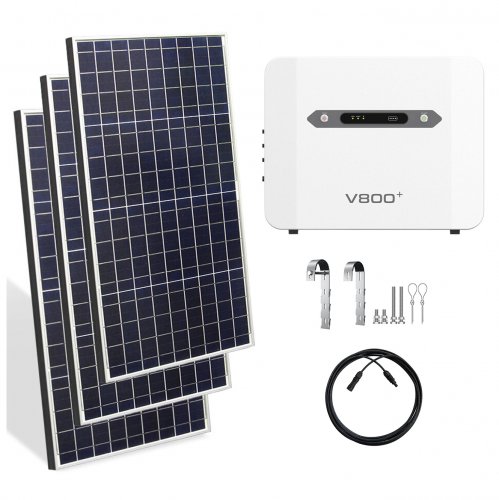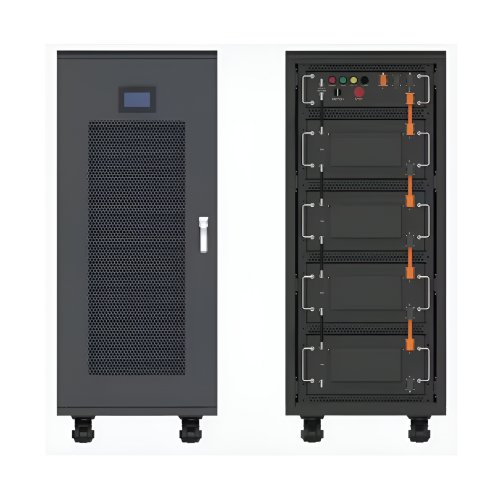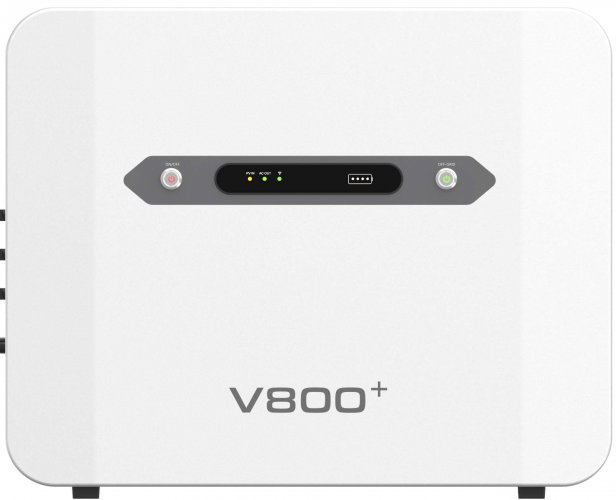Cathode Material Advancements News: Industry Pushes Towards Next-generation Lithium-ion And Solid-state Batteries
The global push for electrification, spanning from consumer electronics to electric vehicles (EVs) and grid-scale energy storage, has placed unprecedented focus on the heart of these technologies: the battery. Central to battery performance, cost, and sustainability is the cathode, and recent advancements in this field are signaling a significant evolution in energy storage capabilities. The industry is moving beyond incremental improvements, exploring novel chemistries and manufacturing processes to overcome the limitations of current standards.
Latest Industry Developments: From Labs to Pilot Lines
The cathode landscape, long dominated by variants of lithium iron phosphate (LFP) and nickel-cobalt-manganese (NCM) chemistries, is witnessing a surge in innovation. Several key developments have marked recent industry news.
Firstly, the rollout of high-nickel NCM and NCA (nickel-cobalt-aluminum) cathodes continues to accelerate. Major battery manufacturers and automakers are now deploying NCM 811 (80% nickel) and even higher nickel-content formulations in premium EV models to achieve energy densities exceeding 700 Wh/l. The primary driver is the extension of vehicle range without increasing battery size. Companies like LG Energy Solution and Samsung SDI are investing heavily in stabilizing these high-energy but more reactive cathodes through advanced doping and coating technologies.
Concurrently, LFP technology is experiencing a renaissance, particularly outside of China. Its superior safety, longevity, and cobalt-free nature have made it the cathode of choice for standard-range vehicles and energy storage systems. Recent advancements have focused on enhancing the inherently lower energy density of LFP. Companies are implementing nanotechnology to create LFP cathodes with better ionic and electrical conductivity. CATL’s launch of its "M3P" battery, reportedly an LMFP (lithium manganese iron phosphate) chemistry, is a prime example. The addition of manganese increases the operating voltage, thereby boosting the energy density of the LFP platform, bridging the gap between traditional LFP and NCM.
Perhaps the most anticipated frontier is the development of cathodes for solid-state batteries. Several startups and established players have announced progress in pairing high-capacity cathodes with solid electrolytes. For instance, companies like QuantumScape are focusing on a proprietary cathode composite material that interfaces effectively with their solid-state separator, aiming to enable the use of a lithium-metal anode. Similarly, Toyota has hinted at advancements in a sulfide-based solid-state battery that utilizes a high-nickel cathode, targeting commercial deployment in the coming years.
Trend Analysis: Mapping the Future Cathode Portfolio
The trend is not towards a single winning chemistry, but rather a diversification of the cathode portfolio tailored to specific applications. The market is expected to see a coexistence of multiple cathode types.
1. Application-Specific Dominance: High-nickel NCM/NCA will likely continue to dominate the high-performance, long-range EV segment where energy density is paramount. Meanwhile, LMFP and standard LFP are poised to capture a massive share of the mid-range EV, commercial vehicle, and stationary storage markets due to their cost and safety advantages.
2. The Cobalt Reduction Imperative: The ethical and supply chain risks associated with cobalt remain a powerful motivator. The industry-wide trend is firmly set on reducing and eventually eliminating cobalt. This is evident in the push towards higher nickel (which dilutes cobalt content) and the rapid adoption of completely cobalt-free LFP.
3. Next-Generation Chemises on the Horizon: Beyond current lithium-ion, research into cathodes for lithium-sulfur (Li-S) and sodium-ion (Na-ion) batteries is intensifying. Li-S promises a dramatic leap in energy density due to sulfur's high theoretical capacity, though challenges with cycle life remain. Na-ion technology, which often utilizes Prussian white or layered metal oxide cathodes, is emerging as a low-cost, sustainable alternative for applications where weight and energy density are less critical, potentially disrupting the energy storage system (ESS) market.
4. Sustainable Manufacturing and Recycling: Advancements are not limited to chemistry alone. There is a growing emphasis on developing cathode manufacturing processes that use less energy and water. Furthermore, as EV batteries reach end-of-life, efficient recycling of cathode materials like lithium, nickel, and cobalt is becoming an integral part of the value chain, promoting a circular economy and mitigating raw material supply concerns.
Expert Perspectives: Cautious Optimism and Focused Challenges
Industry experts acknowledge the rapid pace of innovation but also highlight the hurdles that remain.
Dr. Elena Carter, a materials scientist at a leading research institute, states, "The progress in nickel-rich cathodes is impressive, but we must solve the fundamental stability issues at the particle level. Cationic doping and uniform ceramic coating are proving effective in suppressing microcracking and parasitic side reactions, but scaling these processes cost-effectively is the real challenge for widespread adoption."
On the solid-state front, the viewpoint is one of measured optimism. "The cathode-solid electrolyte interface is as critical as the anode-solid electrolyte interface," notes Michael Chen, a battery technology analyst. "Many solid-state prototypes still use conventional cathode materials, but to unlock their full potential, we need to re-engineer the cathode itself—its composition, porosity, and architecture—to ensure intimate ionic contact without degradation. This is a monumental materials science puzzle."
Regarding the shift away from cobalt, industry voices highlight a dual strategy. "The move to LFP is the most straightforward path to cobalt elimination for many applications," says Priya Sharma, a supply chain consultant for the EV industry. "For the high-nickel segment, the path is more complex. It involves not just chemistry, but also de-risking the nickel supply chain and investing in advanced hydrometallurgical recycling to create a closed-loop for these valuable metals."
In conclusion, the field of cathode material advancements is dynamic and multifaceted. The industry is strategically advancing on multiple fronts, refining existing technologies for immediate gains while laying the groundwork for the next generational leap. The outcome of these efforts will ultimately determine the performance, cost, and sustainability of the energy storage systems that power our future.
Customized/OEM/ODM Service
HomSolar Supports Lifepo4 battery pack customization/OEM/ODM service, welcome to contact us and tell us your needs.


HomSolar: Your One-stop LiFePO4 Battery Pack & ESS Solution Manufacturer
Our line of LiFePO4 (LFP) batteries offer a solution to demanding applications that require a lighter weight, longer life, and higher capacity battery. Features include advanced battery management systems (BMS), Bluetooth® communication and active intelligent monitoring.

Customised Lithium Iron Phosphate Battery Casing
ABS plastic housing, aluminium housing, stainless steel housing and iron housing are available, and can also be designed and customised according to your needs.

HomSolar Smart BMS
Intelligent Battery Management System for HomSolar Energy Storage System. Bluetooth, temperature sensor, LCD display, CAN interface, UART interface also available.


Terminals & Plugs Can Be Customized
A wide range of terminals and plugs can be customised to suit the application needs of your battery products.

Well-designed Solutions for Energy Storage Systems
We will design the perfect energy storage system solution according to your needs, so that you can easily solve the specific industry applications of battery products.



About Our Battery Cells
Our energy storage system products use brand new grade A LiFePO4 cells with a battery lifespan of more than 4,000 charge/discharge cycles.



Applications in Different Industries
We supply customized & OEM battery pack, assemble cells with wiring, fuse and plastic cover, all the cell wires connected to PCB plug or built BMS.
Applications: E-bike, Electric Scooter, Golf Carts, RV, Electric Wheelchair, Electric Tools, Robot Cleaner, Robot Sweeper, Solar Energy Storage System, Emergency Light, Solar Power Light, Medical Equipment, UPS Backup Power Supply.
We can provide you with customized services. We have the ability to provide a vertical supply chain, from single cells to pack/module and to a complete power solution with BMS, etc.


HomSolar (Shenzhen) Technology Co., Ltd
























